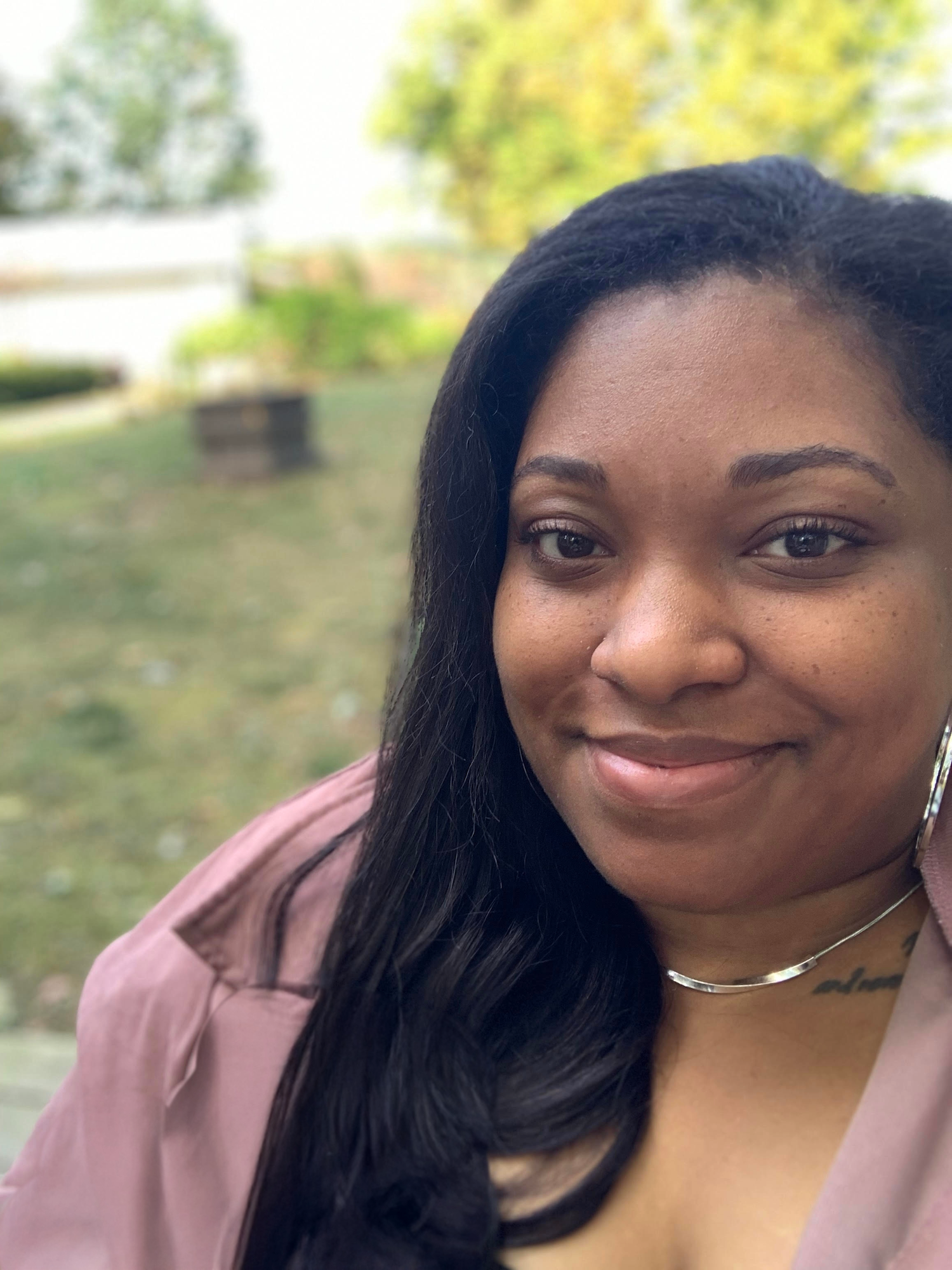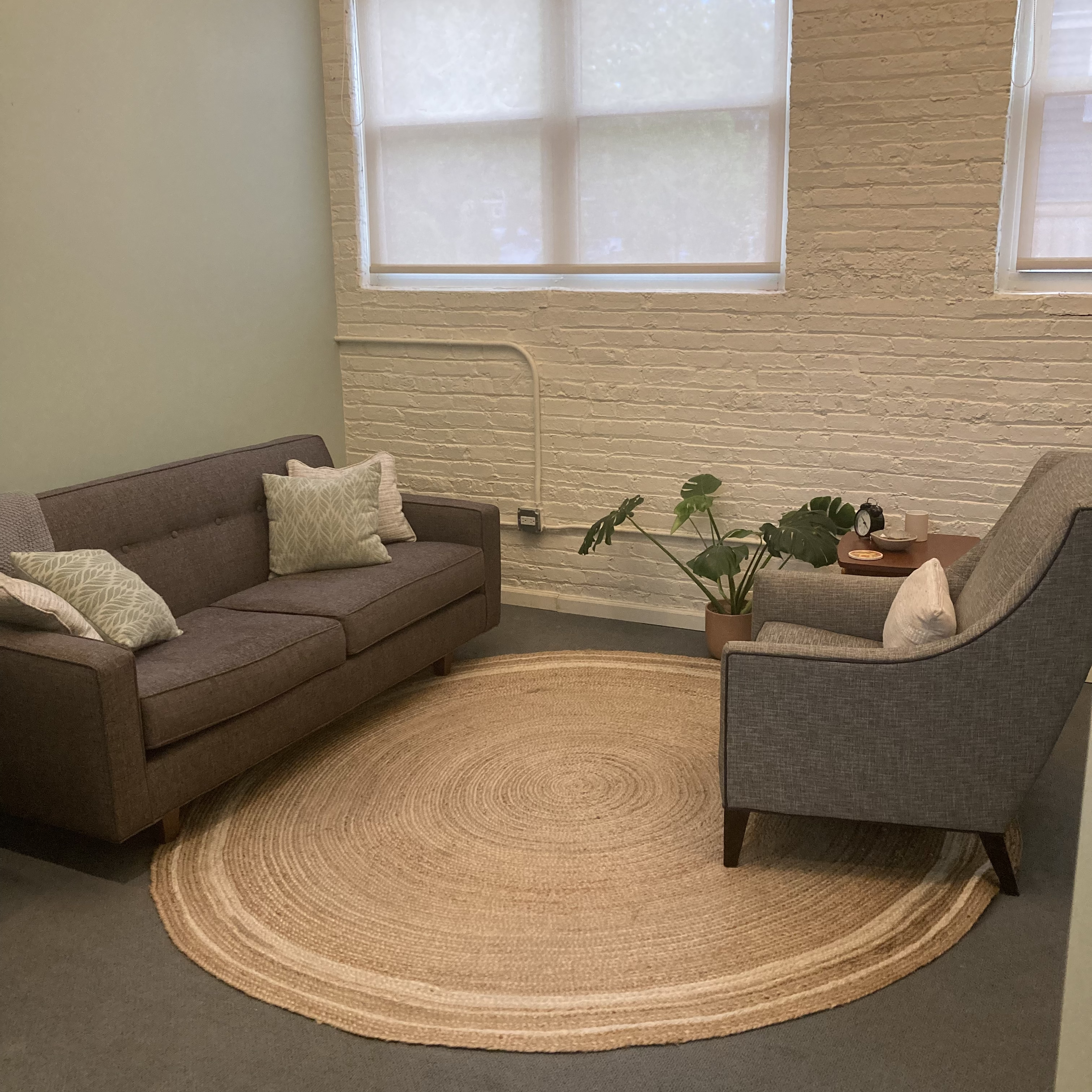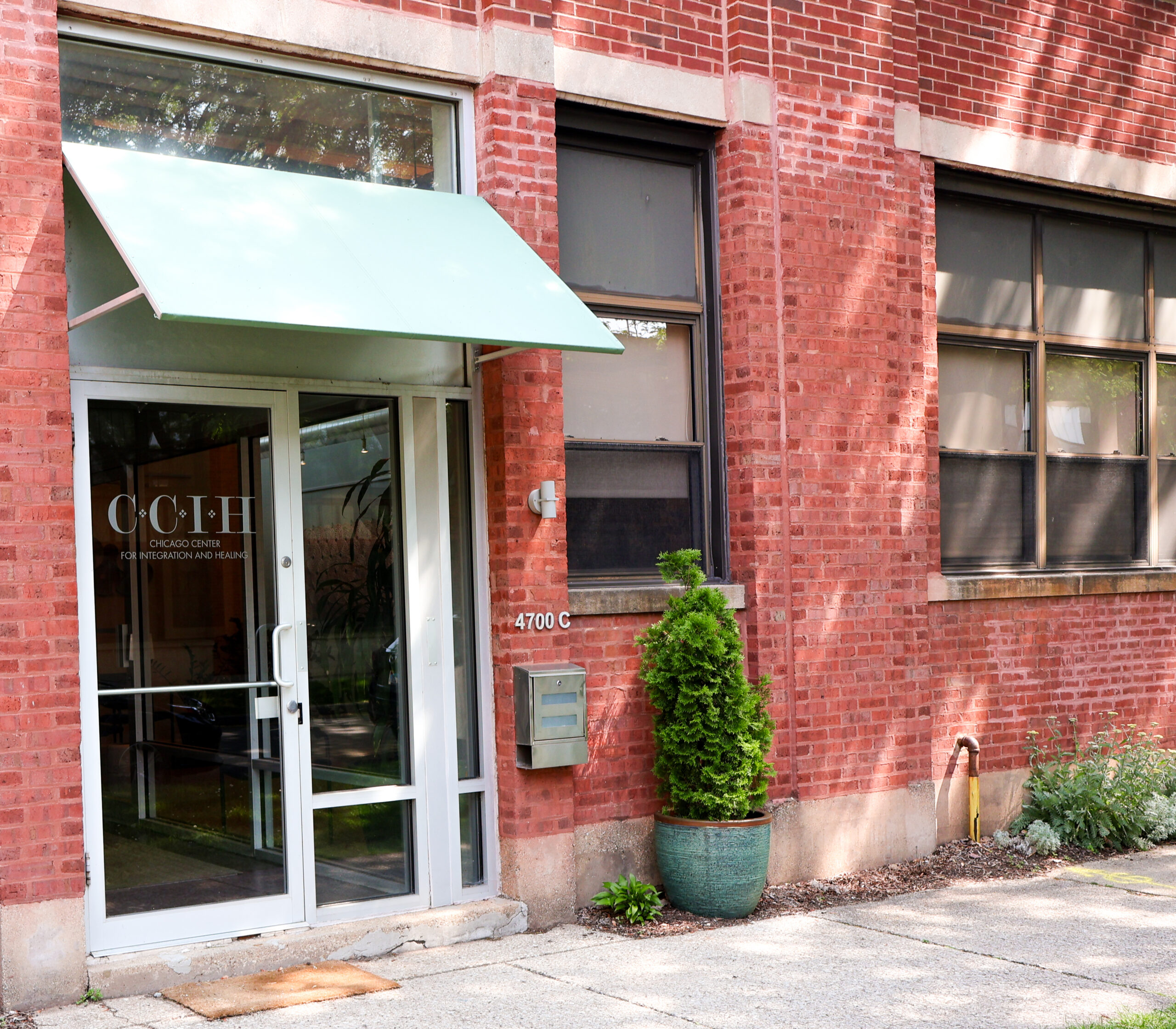At CCIH our work with clients and our professional development is grounded in four essential concepts: an Integrated Approach, an Anti-Oppression Lens, the Therapist Experience, and Community Formation. In this series, CCIH Director Amy Zajakowski Uhll expands on each of these concepts and why we believe they are necessary for effective trauma-informed treatment.
Research has repeatedly demonstrated that, regardless of clinical theory or technique, the therapeutic relationship is an extremely powerful factor in positive therapeutic outcomes. As therapists then, we, ourselves, are the most important tool of our craft. Our personal history, identities and present experience enter the therapy room with us and influence the clinical relationship.
As practitioners,we have sometimes been taught that we must be careful that our own issues don’t contaminate the treatment in some way or harm our clients–that “our own stuff” is a problem. We may feel that in order to address this concern we must keep ourselves completely out of the room and become a blank slate. However, in order to work in the present moment and connect to the experience of the client, the therapist must engage in an ongoing process of increasing present awareness of their own experience— our own human experience is, in fact, our greatest resource.
Neuroscience and attachment research have also demonstrated that much of our communication occurs nonverbally. Our very sense of self, a sense of integration and basic safety (or lack thereof), is developed in our early preverbal experiences with our primary caretakers. At each moment in the process of therapy we are engaging with our clients at many different levels, both verbal and nonverbal. When we devote our attention exclusively to our cognitive processes we are limiting our scope to a narrow range. As David Wallin wrote in Attachment in Psychotherapy: “We risk allowing the words we exchange in therapy to monopolize our attention when we don’t remind ourselves that beneath the words there is a flow of crucially important experience” .
In addition, when someone has a history of trauma some things are too difficult to know or integrate. Our clients cannot tell us in words things that they are not even aware of themselves. These experiences cannot be accessed through our traditional “talk therapy” methods. They must be accessed through the nonverbal ways that we humans communicate with each other–things that include tone, prosody, internal sensation, posture, movement—those elements that create the dance of nonverbal information and implicit relational connection.
As therapists, it is necessary to have an ongoing practice of interrogating our own history of wounding, our implicit biases and our present-centered, embodied experience, so that we can move more fluidly within the multilayers of conversation that occur when we are present with others.
References
Ogden, P. & Minton, K. (2006). Trauma and the body: A sensorimotor approach to psychotherapy. New York, NY: WW Norton and Company.
Schore, A.N. (1994). Affect regulation and the origin of the self: The neurobiology of emotional development. Hillside, NJ: Lawrence Erlbaum Associates.
Siegel, D (2001). The developing mind: How relationships and the brain interact to shape who we are (1st ed.) New York, NY: Guilford Press.
Siegel, D (2010). The mindful therapist: A clinicians guide to mindsight and neural integration. New York, NY: WW Norton & Company.
Van der Kolk, B. (2014). The body keeps the score: Brain, mind, and body in the healing of trauma. New York, NY: Viking.
Wallin, D.J. (2007). Attachment in psychotherapy. New York, NY: Guilford Press.









